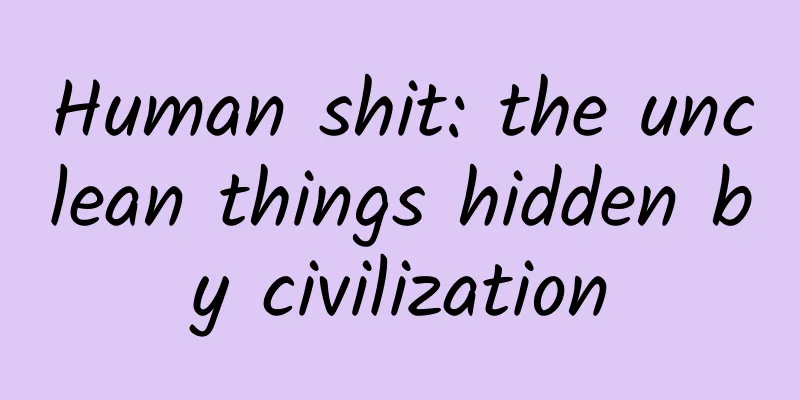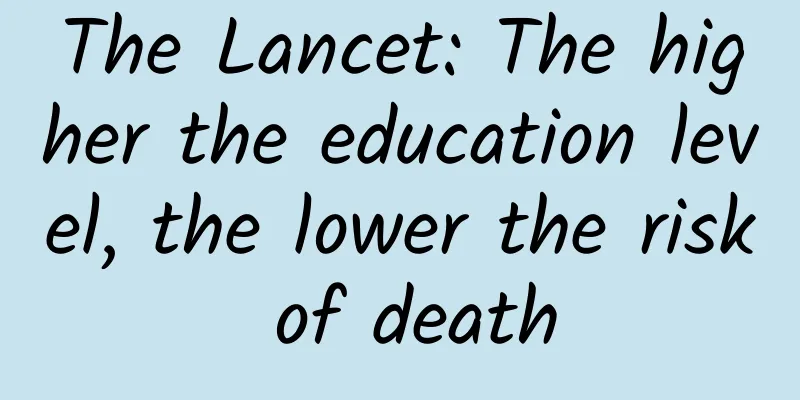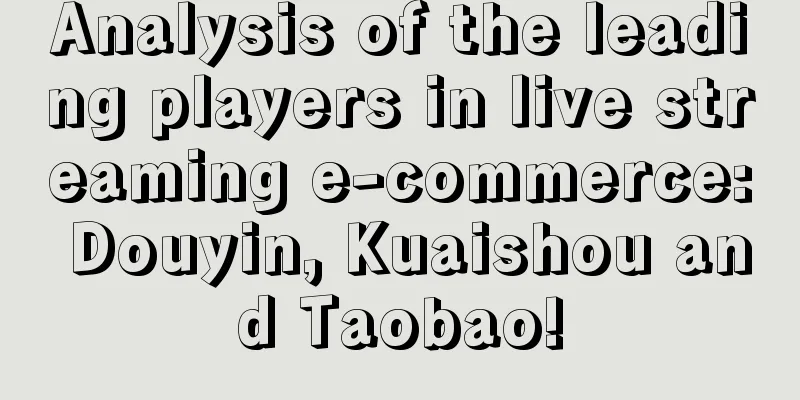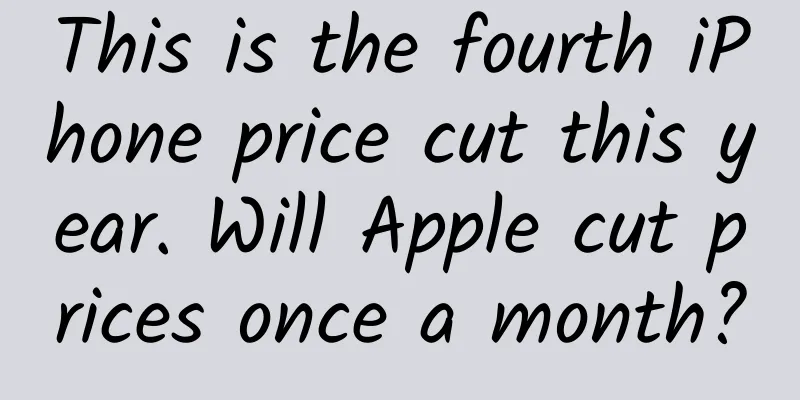What kind of paper is most likely to cut your finger? Scientists tried it and the result was unexpected
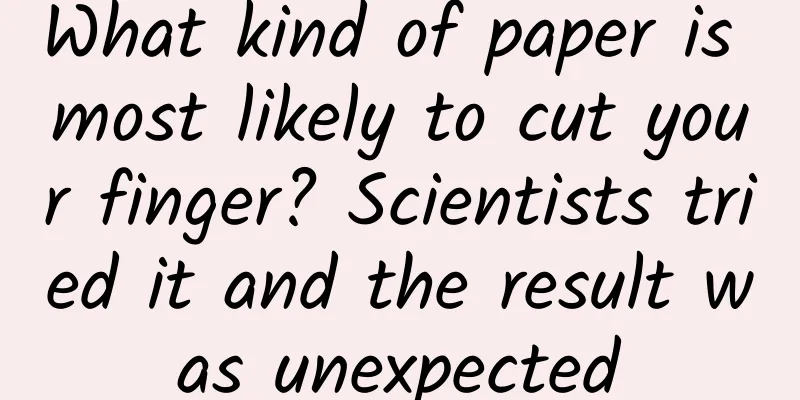
|
Paper may seem fragile, but it can attack your fingers inadvertently. Usually when you are turning a book or organizing documents, you think that the skin of your fingers and the pages of the book will only touch each other briefly, but until you feel a dull pain in your fingertips, you will see the outline of the blood on your fingers - the moment the paper touches your fingertips, it has already scratched a wound on your fingers. It is not known whether this is unfortunate or fortunate, because paper cutting your finger is a rare event - even if you deliberately use paper to cut your hand, it often fails to cut it. This aroused the interest of several physicists from the Technical University of Denmark, who began to look up research papers to find out what kind of paper, and in what way, is most likely to cut your finger. Image source: original paper Too thick or too thin is not good But they found out that no one had studied such an interesting question before?! Well, since they couldn’t find any relevant research, they did their own research! They found papers of different thicknesses and tried to cut their fingers at various angles to see how to make the wound most easily. However, since none of the physicists were willing to contribute their own fingers, the "fingers" they used in the experiment were actually models made of gelatin. A real finger scratched by paper (Image source: ComprehensiveItem - Own work, CC BY-SA 4.0) They observed that at the same cutting angle, when the paper was thick, the gelatin could only be sunken during cutting, but could not be successfully cut; Very thick paper causes gelatin to sink (Source: original paper) When other conditions remain the same and thinner paper is used, the gelatin can be cut - but the thinner the paper, the better; Thinner paper can cut gelatin (Source: original paper) Because when they switched to thinner paper, not only did the paper fail to cut through the gelatin, it actually bent over itself . Paper that is too thin will bend itself (Source: original paper) In addition, they tested the difficulty of paper cutting through gelatin fingers at different cutting angles. The results showed that the smaller the angle between the paper and the gelatin surface during cutting, the easier it was to cut a hole . To sum up, the smaller the cutting angle of the paper, the easier it is to cut the gelatin; but at a given cutting angle, if the paper is too thick or too thin, the gelatin cannot be cut. Three outcomes of paper rowing (Image source: original paper) Why does this changing trend occur? What is the thickness and angle that is most likely to cut a finger? The thinner, the sharper? First, let’s explore why relatively thinner paper is easier to cut the skin at the same cutting angle. The easy-to-understand explanation is that the thinner the paper, the "sharper" it is . When cutting the skin, all the force applied by the paper to the skin is concentrated on the contact surface between the paper and the skin. The thinner the paper, the smaller the contact area between it and the skin. Therefore, when the same force is applied, the force per unit area of the skin will be greater, that is, the "stress" (σ=F/s) will be greater. The stress exerted by paper on the skin will have two effects. One is to cause the skin surface to sag and deform downward, and the other is to pull the skin on both sides of the contact surface to the sides. Physical model of paper-cut gelatin (Image source: original paper) When the stress pulling the skin to both sides (i.e. "shear stress" - the component of stress in the direction tangential to the skin surface) exceeds the skin's tolerance (depending on the skin's Young's modulus and fracture hardness), the skin will be torn (plastic deformation occurs), that is, it will be cut by paper. As mentioned above, the thinner the paper, the greater the stress , which is obviously more likely to exceed the skin's tolerance and thus cut the skin. In addition, the smaller the cutting angle, the greater the "shear stress" component of the stress on the skin surface , making it easier to cut the skin. The influence of cutting angle and paper thickness on whether paper can cut the skin (Image source: original paper) Then why can't the skin be cut when the paper is too thin? Too thin is not good If the paper is too thin, it is too fragile . In the above analysis, we actually assumed that paper would not deform, but in the experiment at the beginning, we can see that too thin paper will bend during the cutting process - this is because too thin paper has low strength and cannot withstand the stress required to cut the skin. This is called "buckling" or "compression" in engineering mechanics , that is, when a structure such as a column or beam is subjected to excessive compression load, it suddenly bends or deforms. The material buckles (Image credit: Mircalla22 (talk) - Public Domain) In real-life applications, engineers must carefully consider buckling issues during engineering design to ensure that the structure remains safe and stable, especially under heavy loads. The weather is too hot, and the rails expand and buckle due to heat (Image source: Railpedia.nl - CC BY-SA 3.0) For papers that are too thin, they buckle before reaching the stress required to cut the skin , and are therefore not sufficient to cut the skin. To put it simply, whether paper can cut through the skin actually depends on which of the paper and the skin reaches its bearing limit first during the stress increase process. If the paper reaches the skin's limit first, the skin can be cut successfully; if the paper reaches its bearing limit first, the paper will buckle. The most dangerous paper The thinner the paper, the sharper it is, but it is also more likely to reach its own limit of buckling. When a piece of paper can give the skin the maximum stress, just enough to cut the skin, but not enough to buckle, this thickness of paper is the most likely to scratch your fingers. So these physicists calculated that paper with a thickness of 65 microns just meets this condition. They also calculated that in real life, the probability that 65-micron-thick paper can successfully cut your finger is 21%. In other words, if the thickness of the paper you are flipping through is exactly 65 microns, then on average this kind of paper will successfully cut your finger once out of every five times it passes over your finger. How dangerous! So what kind of paper in our daily life is closest to 65 microns in thickness? The thickness of paper used in many dot matrix printers is exactly 65 microns. In addition, the thickness of many newspapers is also similar. A dot matrix printer (Image credit: Nakamura2828 at us.wikipedia - CC BY-SA 3.0) But as researchers, these physicists specifically pointed out that the thickness of the two major academic journals Science (55 microns) and Nature (49 microns) is very close to 65 microns, which is also very dangerous! Image source: Paper author After finding the "most dangerous" paper, these scientists also made a knife holder through 3D printing, which can use 65-micron thick paper as a blade (3D printing data has been uploaded and can be downloaded by yourself). It is said that it can easily cut vegetables, chicken, etc.! Paper knife (Image source: original paper) They have organized the research process into a paper and published it in the journal Physical Review E. If you are interested, you can read it. References [1]https://journals.aps.org/pre/accepted/aa072Kc5A071ae0708c39799a466b7d26e3ac2a0e#abstract [2]https://github.com/Jensen-Lab/PhysicsOfPaperCuts/tree/main Planning and production Source: Global Science (id: huanqiukexue) Editor: Yinuo Proofread by Xu Lai and Lin Lin |
<<: How to become a "low-altitude hero"? You can't just fly if you want to!
Recommend
The layout method for new media copywriting 10w+ popular articles!
Excellent 10w+ articles each have their own merit...
iOS development of multi-table view sliding switching example (imitating "Toutiao" client)
It's been a long time since I brought you som...
Marketing Planning: How do users make choices?
The greatest value of this article is to establis...
New Toutiao traffic strategy
Recently I found that some friends wanted to attr...
Case: Analyzing effective promotion strategies in the early stages of a product!
"The successful execution of a plan that mak...
Is it hard to change the habit of staying up late? It may be the genes that are causing trouble!
As the saying goes, "the early bird catches ...
Don’t worry if you lose your phone! Apple Pay explained
After nearly two years of release and various twis...
How far can casual games on the big screen go? How far should they go?
In 2015, with the continuous influx of games, Chi...
Introduction to the Tik Tok information flow brand advertising matrix!
Douyin’s brand advertising product matrix: Douyin...
How to plan group buying activities on mini programs?
1. Group buying mode selection 1. Split the money...
The concept version of macOS can use iOS applications. Will Apple integrate the two major systems?
The PC market as a whole still did not recover in...
Smartphones have revolutionized key usage and security management
[[400952]] Mobile access is impacting the way we ...
100,000 yuan entry-level compact domestic SUV, which one do you choose, Tiggo 8 Pro or Changan CS75 Plus?
The 2025 Chery Tiggo 8 PRO has five models, with ...
[Case Study] Details behind an H5 campaign with 130 million UVs revealed!
Hello everyone, we are the team responsible for t...
China Automobile Dealers Association: A brief analysis of the used car market in February 2022
Overall performance of the used car market in Feb...
